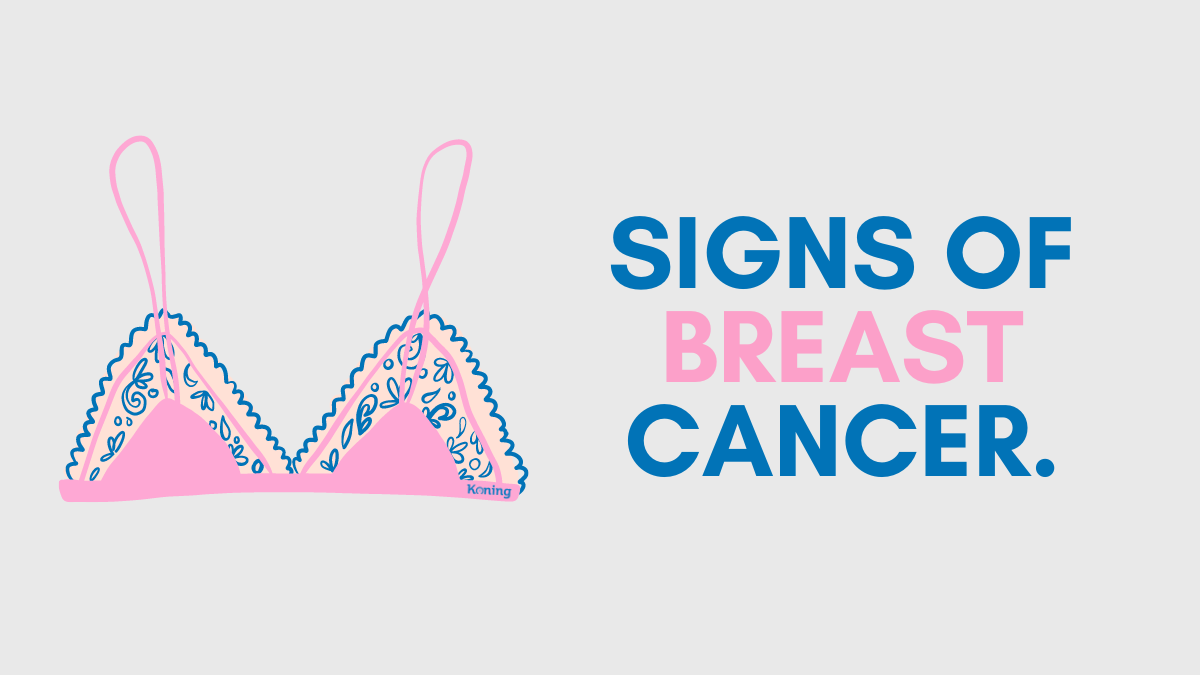
- Blog /
- September 28, 2022
How to do a Breast Self-Exam
With Breast Cancer Awareness Month right around the corner, it is time to get familiar with our bodies. Regular breast examinations are important for women of all ages, and the younger you start to regularly examine your breasts, the better you can detect any abnormalities. The best time to do a self-exam is in the days after the end of your period, when the tenderness and premenstrual swelling is gone and the breast tissue is at its softest. Some women also find it easier to examine in the shower, when the skin is slippery.
To conduct a self-exam, look at the breasts through the mirror with your hands up, then down. Look out for:
- Hard lumps – the size of a bean or a pea that can only be felt on one side of the breast
- Dimpling of the skin
- Unusual shape, size, or color
- Swelling, redness, rash, or soreness
- Changes in the position of the nipple, becoming pushed inward instead of protruding
Make sure you feel through both breasts from all sides, carefully and systematically applying pressure. Cover the entire breast and do not forget to feel your collar bone towards your abdomen, and from the armpit to your cleavage. Next, be sure to discuss any abnormalities with your doctor. You can turn to a gynecologist or general practitioner, depending on which professional you typically turn to for medical advice.
Although not all lumps in the breasts are dangerous, new lumps always require further investigation. When you regularly examine your breasts yourself, you get to know them well and it is possible to recognize even the smallest changes. Koning warmly encourages all women to perform self-exams once a month, as breast cancer has very high recovery rates when caught early.
